The trade for finished lambs has been under considerable price pressure for much of July and August. Analysis of sheep prices through the Irish Farmers Journal MartWatch price reporting system, run with the kind support of livestock marts, shows the trade for midseason lambs running marginally behind 2014 levels and at its lowest level since 2011.

As detailed in Table 1, prices for factory lambs in the 45kg to 50kg weight bracket, at an average of €103.15 per head are running about €1 per head lower than 2014 and a further €4/head and €7/head behind 2013 and 2012, respectively.
Prices for heavier or butcher-type lambs are running close to €2 behind 2014 levels with this trade also influenced by the strength of factory demand in recent weeks.
The exception to this is a firm trade for ewe lambs of breeding quality which have been selling briskly in recent weeks and securing anywhere from a €5/head to €10/head premium over similar weight factory lambs.
Keen store demand
On the positive side, demand for store lambs kicked off at an earlier stage and greater activity in 2015. As shown in Table 1, prices for lambs in the 35kg to 40kg bracket are running close to €2/head above 2014 levels, while lighter lambs in the 30kg to 35kg weight category are selling close to €7 per head on average above 2014 levels. These prices are also running ahead of 2013 levels and only bettered in the last five years by the sharp trade in 2012.
There are a number of underlying factors behind the livelier trade, including beef farmers opting to purchase store lambs as an alternative to competing in a buoyant mart cattle trade, store lamb buyers achieving favourable returns in 2014 and coming back into the market earlier and positive grass supplies in the east and southeast of the country. The latter has seen store lamb buyers compete in marts on the western coast with demand for mountain and hill crosses coming on stream described as starting positively.
Variable breeding sales
The variability seen in recent years between replacements traded in specialised breeding sales and those through normal mart sales has also been evident to date in 2015.
Competition levels have been stronger in specialised sales, with reports suggesting that there is a cohort of farmers who are willing to travel to sales with the guarantee of having a larger selection of the type of sheep they are looking for.
There has also been some price variability within this sales category with prices generally on a par with 2014 levels for hoggets.
Prices for the main run of hoggets have ranged from €180 to €210 per head, although a small number of sales have bucked this trend with higher prices. The normal run of prices in breeding entries offered as part of normal weekly sales is €170 to €185 per head for good quality hoggets, with small numbers of top-quality lots hitting €200/head. Demand has also been strong for good quality first and second-crop ewes.
The highlight of specialised sales has certainly been the strong demand for ewe lambs. Prices have averaged between €115 and €145 per head, with mart managers reporting firm competition between buyers operating dry ewe lamb-to-hogget enterprises and farmers looking to source good quality replacements for incorporating into their sheep flock.
The best demand seems to be for the heavier ewe lambs suitable for breeding this year, with some producers taking advantage of the opportunity to breed from ewe lambs and reduce their flock replacement cost.
As mentioned previously, ewe lambs traded in normal mart sales with breeding potential have commanded anywhere up to €10 of a price premium over similar weight store/factory lambs.
Cull trade helping breeders
Mart managers also report breeding sales being helped by farmers receiving high prices for cull ewes. The trade was excellent for the first half of the year and while it has eased in the last five to six weeks from the prices of €110 to €135 paid for large-framed lowland ewes in April and May, it still remains relatively positive.
Factory quotes have fallen by 40c/kg to 50c/kg in recent weeks and while it has been reflected in a reduced mart trade, dealers remain active. In many cases, ewes are trading for more in the ring than farmers with small numbers or poor negotiating power could command from the factory. Buyers sourcing ewes for live export to the UK were a driving force behind the buoyant trade for large-framed, fleshed, lowland ewes.
While it is early in the season, ram sales have started sluggishly with the bottom-grade rams on offer in society sales meeting the most difficult trade. The trade in the last two years has been boosted by the requirement for farmers participating in the Sheep Technology Adoption Programme (STAP) to purchase four- or five-star rams. While small numbers of producers are still looking to source for the programme, there seems to be less demand at this early stage in the season. The trade has every chance of strengthening in the weeks ahead, with a tendency among many commercial producers to delay purchasing rams until closer to the breeding season.
Read more from the Mart Price Focus here.





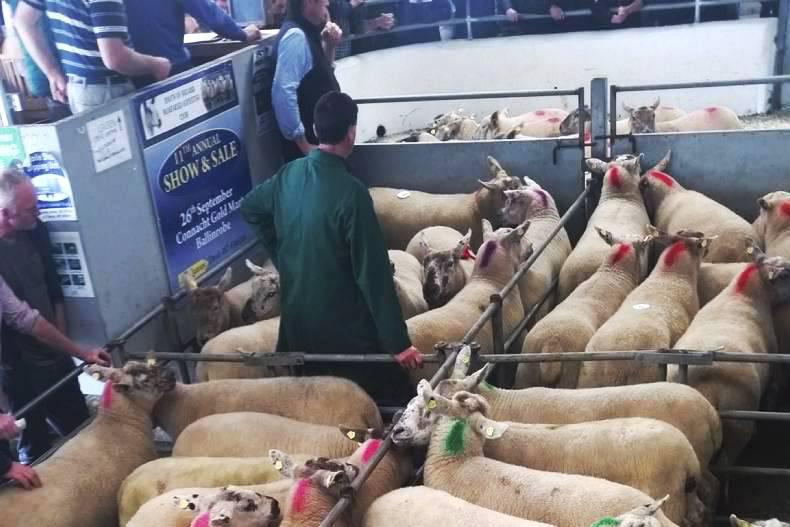
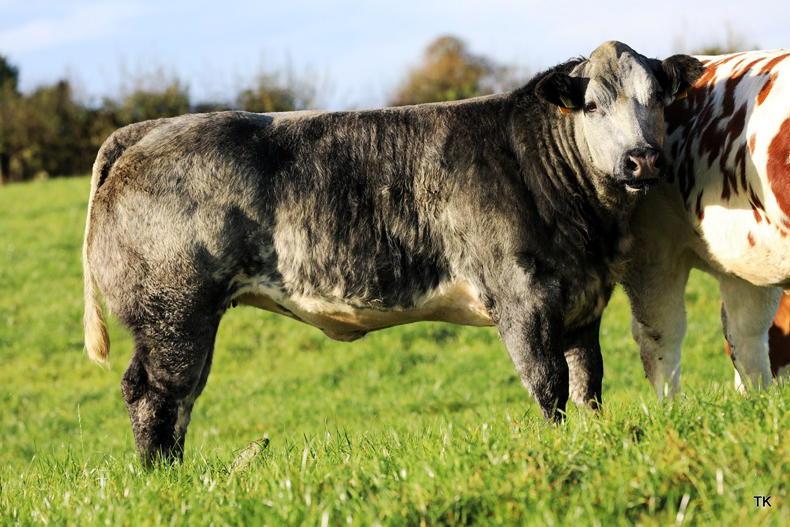

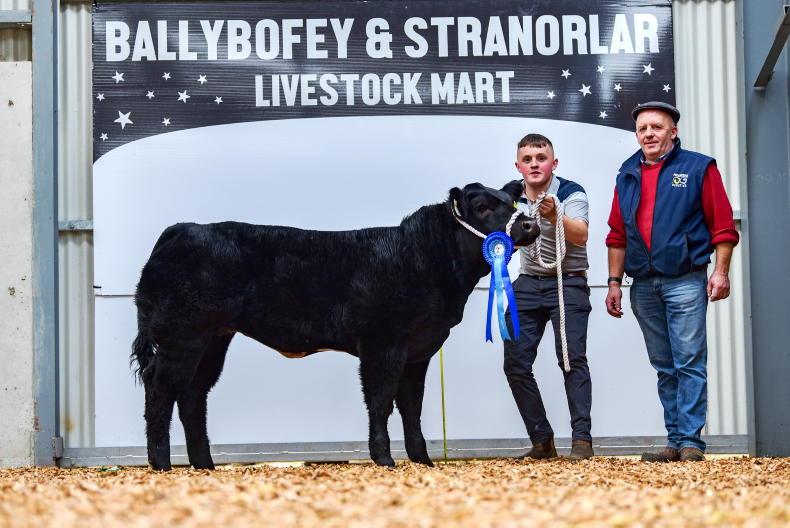
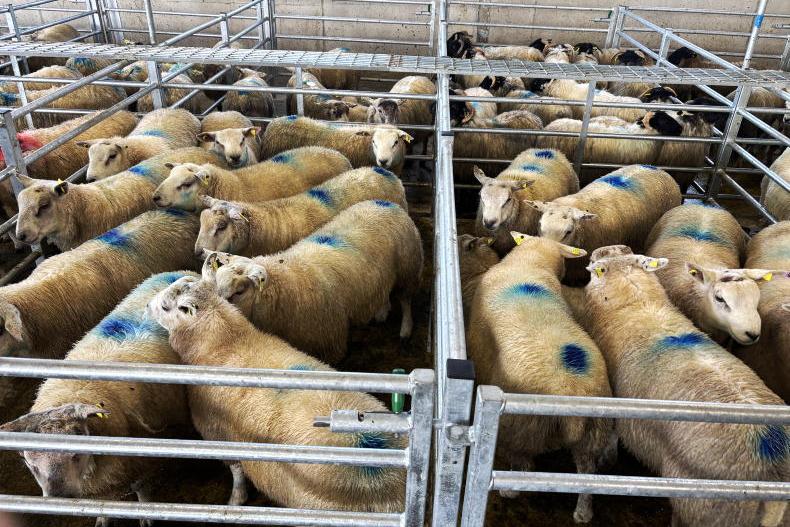
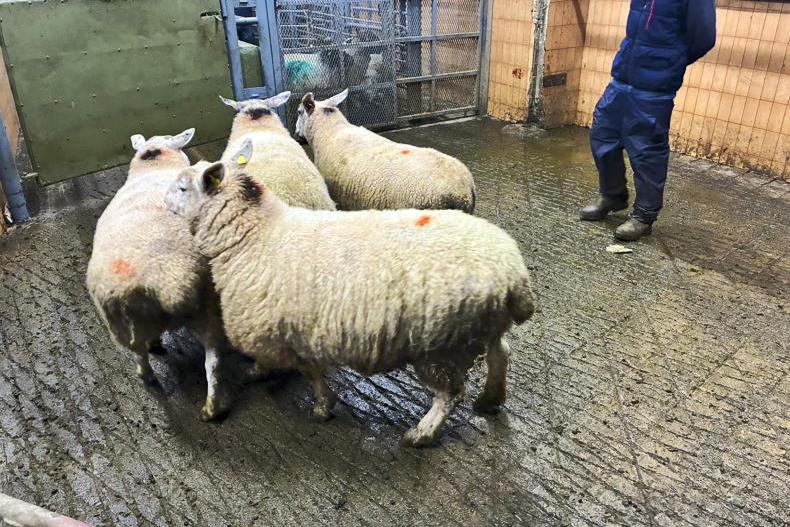
SHARING OPTIONS